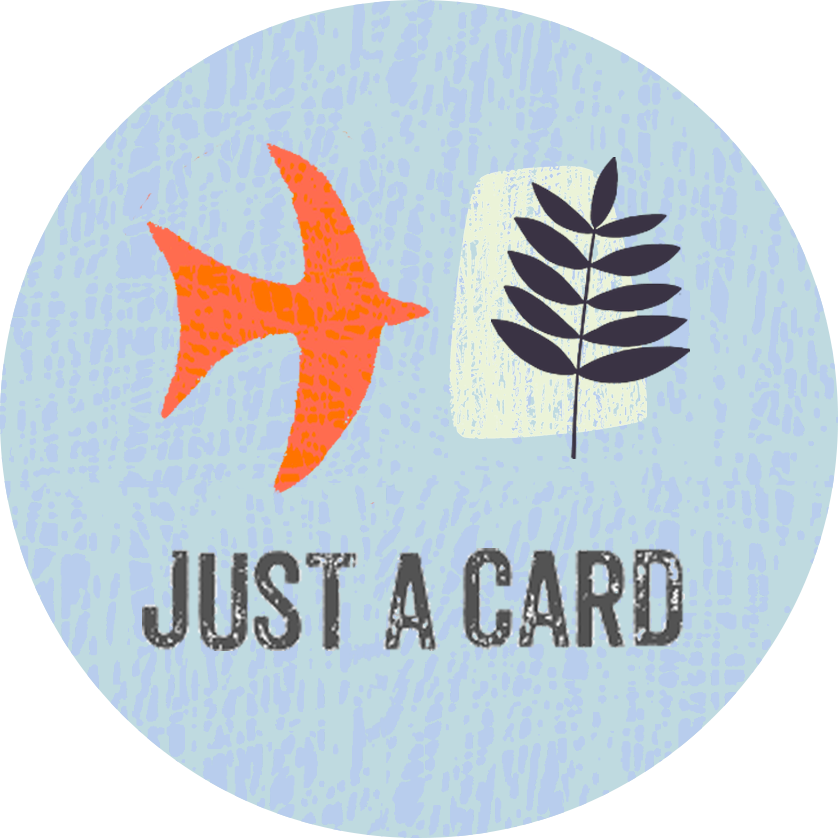How To Plan Your Marketing Content
By Kayte Ferris
We all know that we need to be publishing quality content consistently in order to be discoverable, valuable and remind people that we exist. But often that is much easier said than done! In between not having the time and inspiration not striking, we have lots of hurdles to jump in order to get content out there.
Over the last year I’ve built my business on publishing content a couple of times a week in various places. Some weeks are easier than others, but having a plan and a process behind my content creation means that I can overcome those hurdles. When I’m not feeling inspired my plan helps me to auto-pilot, when I’m busy it helps me to batch create, all safe in the knowledge that I’m adding value, not noise, to the world.
Here are some starting points for getting your content creation plan ready for 2019…
Do what’s manageable
A question I get over and over again is ‘how often should I be posting?’, whether that’s blog posts, Instagram photos or any other type of content. There is a lot of advice out there dictating how many times you should post a week, varying from daily, more than daily (shock!), to weekly or monthly. The very fact that there is such a difference between these must-dos suggests to me that there isn’t one ideal, perfect number of times to post.
What I always advise clients is that the best posting routine is the one they can stick to consistently. So look at the time you have available and decide what’s manageable – if that’s fortnightly, then start with that.
Refine your topics
A big problem that comes with written content is what to talk about. When there’s every topic under the sun available as a potential to write about the choice can be paralysing – creativity loves boundaries, so give it some. Not only that, but not every topic under the sun is relevant for you to talk about in the context of your business, so find the ones that are.
The exercise I use for this is to create content buckets – themed metaphorical buckets that you will fill up with ideas to write about that are representative of your brand. These should be derived from the purpose of the brand and your why, and only relevant topics should fit into them. For example, mine are Simple Marketing, Simple Working and Simple Living – anything that doesn’t fit into these buckets doesn’t get talked about.
Do a big brainstorm
I only sit down to plan content a couple of times a year – in my mind, the key to a good process is that it allows you to spend more time doing than thinking. So rather than sit down at the beginning of every month to plan out my content I do it at the beginning of every quarter, setting aside a couple of hours to have a good deep brainstorm of content ideas.
The brainstorm will be based on my content buckets, on questions I’ve been asked online, on other content in the eco-system I’m operating in, on launches or pushes I have within the business. Generally I’ll come up with 50-100 blog post ideas in one sitting following this process, and although not all of them get used it’s great to have them there to dip into whenever I’m feeling uninspired. (You can see an example of this in the blog planning highlight on my Instagram)
Have a calendar
I literally don’t know where I’d be without my content calendar! If my computer crashed, of all the documents I have it would be the one I’d be the most distraught to lose. Over the years I’ve tried out lots of different formats for content calendars – again, if you Google it there are all sorts of complex templates and elements that ‘must’ be included.
For me, simplicity has been key. A colour code for my content buckets, adding in important events and launches, but other than that no other detritus than the blog post title that’s going out that day, although some people like to add in their social media posts too. The simplicity means that I can see what’s going on at a glance, that it doesn’t take me five minutes to navigate and decipher the calendar, which ultimately means that I stick to it.
Your calendar, however, isn’t a rod for your back. I know that some people rebel against the structure of a calendar, but it’s not there to hold you down. It’s there to provide a structure, especially during those times where you just don’t have the bandwidth to think up something new and creative every week. It doesn’t mean that if you have a flash of inspiration and absolutely must write about something that you can’t! Your calendar should be flexible – mine gets the cut and paste treatment a couple of times a month.
This is sadly last in my series of business advice posts, and the team will be bringing you a completely new series in 2019. You can still explore the archives of my posts here on Just A Card, or come and keep up to date with me in the future at simpleandseason.com. It’s been great to talk to you over the last year and may your 2019 be full of marketing success!





